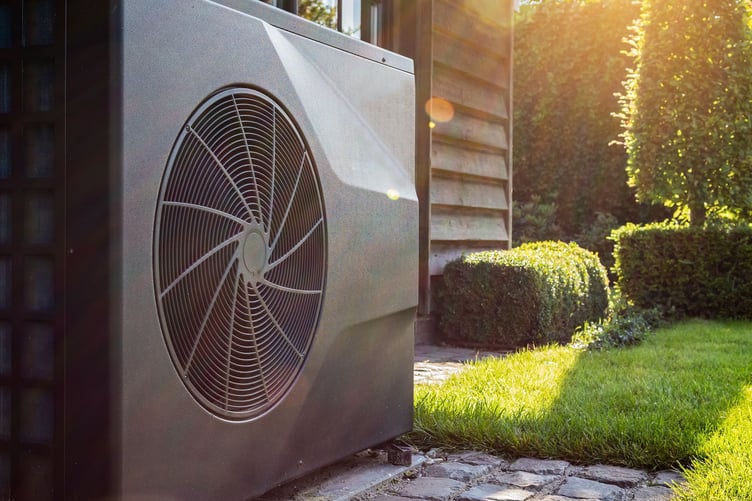A switch to low carbon heating can not only be greener but a lot more energy efficient, whilst providing your home with comfortable heat.
It may be hard to navigate through the various options, but a suitably experienced heating engineer can help you find the best system for your home. Some of most popular renewable heating options are air source and ground source heat pumps and biomass. As we work toward net zero these systems will become commonplace as we decarbonise how we heat our homes. New builds from 2025 will be fitted with low carbon heating systems.
Is your home heat pump ready?
Firstly, what is a heat pump and what does it do?
A heat pump is an energy efficient alternative heating system to a traditional fossil fuel boiler. Working in reverse to your fridge, a heat pump uses electricity to transfer heat from an external heat source such as the air or ground into your home.
It’s important when considering a heat pump to look at installation costs as well as efficiency. They can be 3 – 4 times more efficient than a boiler. As for each 1kw of electricity used they can produce 3 times more energy. Often more for ground source.
Hybrid heat pump
A heat pump with a backup heat source, often a fossil fuel-based furnace (typically propane or natural gas). This backup heat source can kick in to provide additional heating power when needed to maximise efficiency.
Space and Location
Similar in size to a standard washing machine, an air source heat pump (ASHP) is between 1 and 1.5m high and between 0.5 and 1m wide. It needs to be fitted to one of the outside walls of your home or be placed on the ground next to it but with enough space around for good air flow. You need a hot water cylinder to allow a heat pump to provide your hot water efficiently. Slim line cylinders are available. Hybrid systems are also an option for those without space for a cylinder.
Insulation
Whether you’re in a newer build or a golden oldie, thanks to a large recent UK trial we know heat pumps can be fitted and work effectively in most homes of all ages. Older houses potentially need a bit more TLC in the form of fabric improvements but those with loft insulation and good air tightness are well suited. Something to keep in mind, it’s always good practise, regardless of heating system, to insulate your home to the fullest cost-effective extent possible.
Ensure the person assessing your home for a heat pump conducts a room-by-room heat loss calculation.
Radiators and Pipework
Depending on the size and age of your current radiators, you may be able to keep some of them and add additional ones to make a heat pump as efficient as it can be. Alternatively, you could also switch radiators around in your home.
Replacements can be fitted relatively cheaply and they quickly become cost effective with continuous savings from the heat pump. Single panel radiators can be swapped with double panel or even triple panel to avoid pipework alterations.
It’s not normally necessary to replace your pipework either. Heat pumps can run off your existing central heating system, though sometimes microbore pipework replacement is advisable to allow greater water flow rates and more efficient heat distribution.
Heat Pumps are most suited to homes already on gas.
Planning Permission
Heat pumps can be installed under Permitted Development (PD). This is provided they meet the criteria set out in the Town & Country planning-permitted development and change of use amendment order 2020. More information on this can be found online. If the criteria can’t be met, a planning application must be submitted instead. All ASHP installations require a building control application and subsequent sign off.
Government Support
Manx Utilities are completing their second trial of the roll-out and lease of ASHPs in Isle of Man homes. Corresponding with UK outcomes, a survey from 20% of early adopters in trial one resulted in an average of 91% satisfaction rate, with all users stating they would recommend the system to others.
And more support is coming. Low carbon heat strategy work is underway to test green financing options for the public move low carbon systems like heat pumps in the next few months! Watch this space.
If replacing your heating system isn’t an option now, do ensure you have the right controls to keep your home at a comfortable temperature without wasting fuel or heat. If you have a gas, oil or LPG central heating system, your controls should include a timer or programmer, a room thermostat and thermostatic radiator valves.
More information on low carbon heating can be found at www.netzero.im/home.





Comments
This article has no comments yet. Be the first to leave a comment.